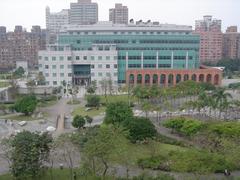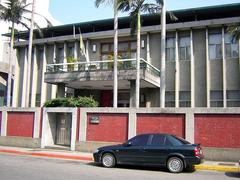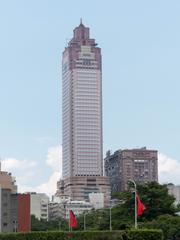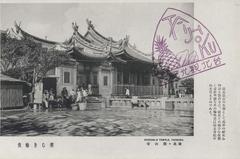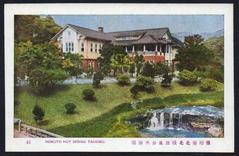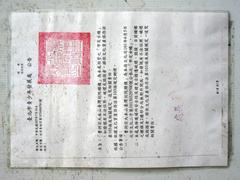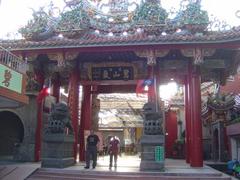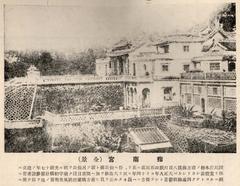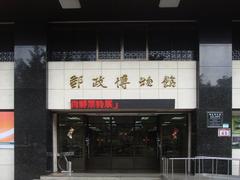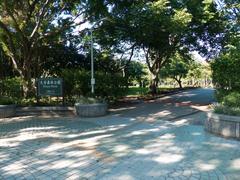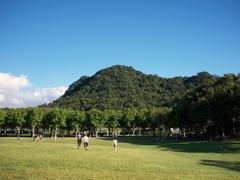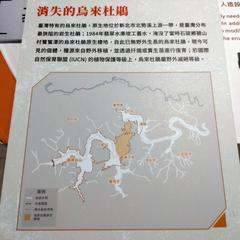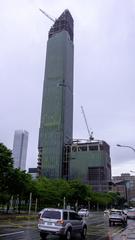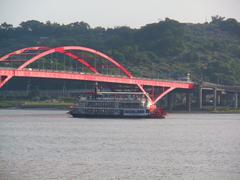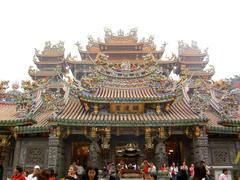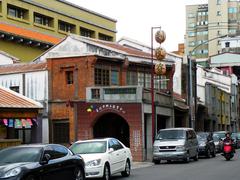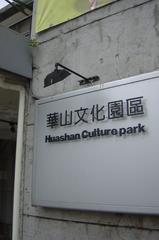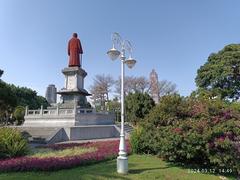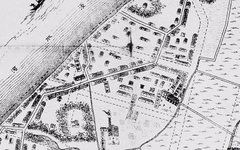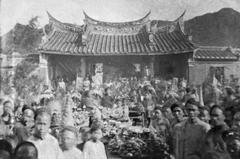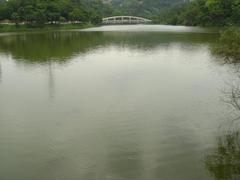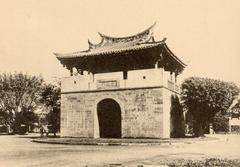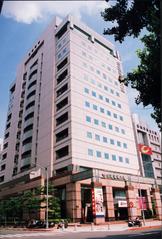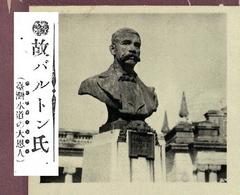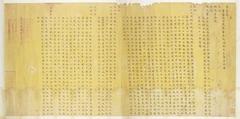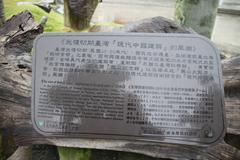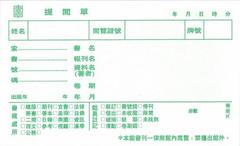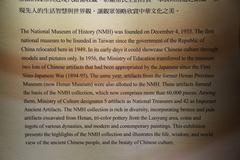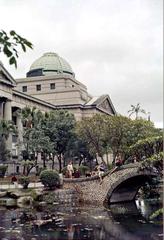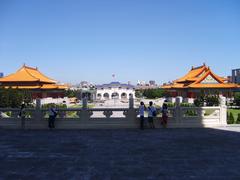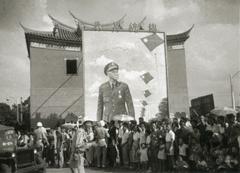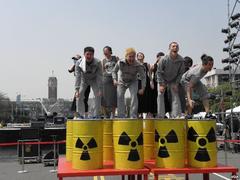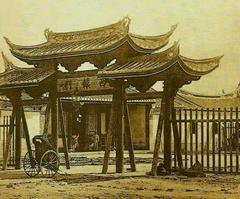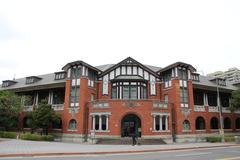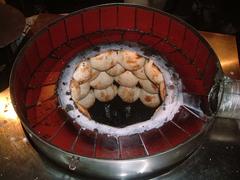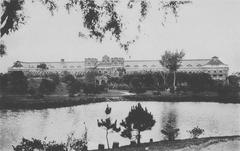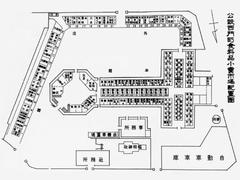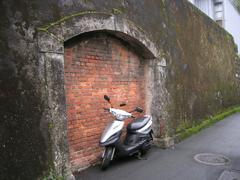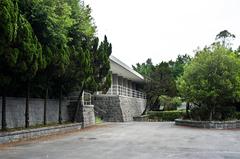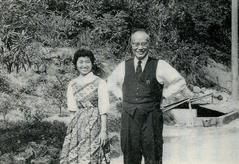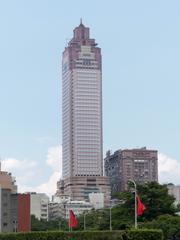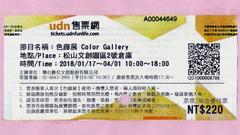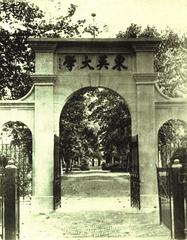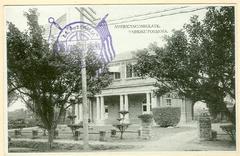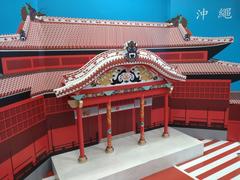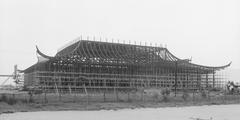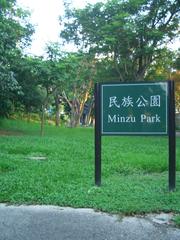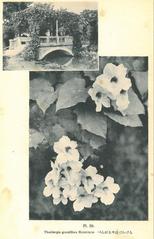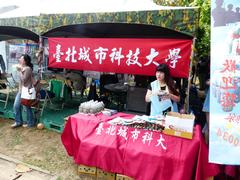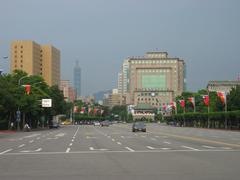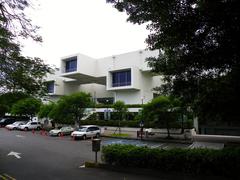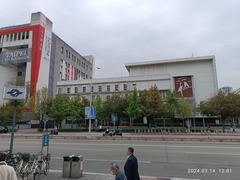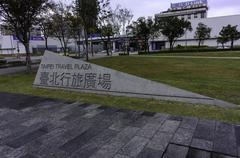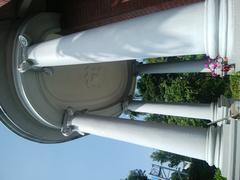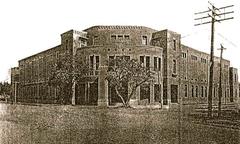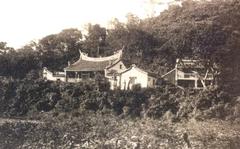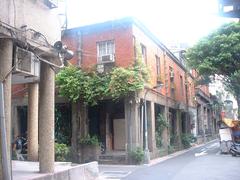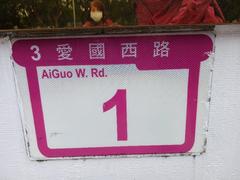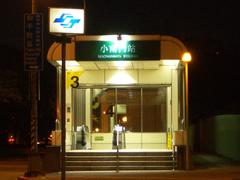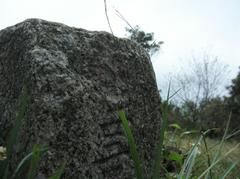Comprehensive Guide to Visiting Taiwan Happiness Stone, Taipei, Taiwan
Date: 01/08/2024
Introduction
Taipei, Taiwan, is a city that beautifully intertwines its rich historical tapestry with modern-day innovations, making it a fascinating destination for travelers. Among its many treasures, the Taiwan Happiness Stone (台灣幸福石) stands out as a site that encapsulates both the cultural heritage and the natural beauty of the island. Nestled in the Beitou District, this site offers visitors an opportunity to delve into Taiwan’s storied past while enjoying scenic hiking trails and hot spring experiences. Established in the early 20th century, the Taiwan Happiness Stone honors the Japanese Buddhist monk Kobo Daishi and evokes a sense of hope and well-being with its inscription “台湾よ、永に幸なれ” (Taiwan, may you be forever happy) (source). This comprehensive guide aims to provide visitors with all the essential information they need, from historical context to practical travel tips, ensuring a memorable and enriching experience at this unique attraction.
Table of Contents
- Introduction
- Historical Background and Significance
- Visitor Information
- Nearby Attractions
- Seasonal Considerations
- FAQ
- Conclusion
Historical Background and Significance
Early History and Indigenous Presence
Taiwan, historically known as Formosa, has a rich history dating back tens of thousands of years. The island was home to indigenous tribes long before external explorers arrived. Around 3000 BC, an agricultural culture emerged, believed to be the ancestors of today’s Taiwanese indigenous peoples (Wikipedia).
European Colonization Attempts
In the early 17th century, Taiwan became a focal point for European colonial ambitions. Both the Spanish and the Dutch sought control over the island as part of their broader competition for trade and power in Asia. The Dutch eventually expelled the Spanish in 1642 (ThoughtCo).
Qing Dynasty and Han Chinese Migration
The Qing Dynasty’s influence over Taiwan began in the late 17th century. Han Chinese settlers from the mainland started crossing the Taiwan Strait during the 15th century, with their numbers increasing significantly after the Dutch were expelled. By 1697, Mainland Chinese had returned to mine sulfur, a valuable resource discovered in the Yangmingshan mountain range (ThoughtCo).
Sino-French War and Provincial Status
The Sino-French War of 1883-1885 saw the French briefly occupy Keelung in northern Taiwan. Following the war, Taiwan was officially made a province of China in 1887, with significant infrastructure developments undertaken (Wikipedia).
Japanese Occupation
In 1895, Taiwan was ceded to Japan following the First Sino-Japanese War. The Japanese occupation lasted until the end of World War II in 1945, during which Taiwan underwent significant modernization (Wikipedia).
Post-World War II and the 2-2-8 Incident
After Japan’s defeat in World War II, Taiwan was placed under the governance of the Republic of China (ROC). Tensions between the local Taiwanese population and the incoming mainland Chinese authorities culminated in the February 28 Incident (2-2-8) of 1947 (Britannica).
The Chinese Civil War and ROC Retreat
The Chinese Civil War resulted in the establishment of the People’s Republic of China (PRC) on the mainland in 1949. The ROC retreated to Taiwan, establishing Taipei as the temporary capital (Wikipedia).
Modern Era and Economic Development
In the ensuing decades, Taiwan transformed into a major economic powerhouse, often referred to as one of the ‘Four Asian Tigers.’ Taipei became the political, economic, and cultural hub of Taiwan (UseBounce).
Visitor Information
Visiting Hours and Tickets
The Taiwan Happiness Stone is open daily from 9:00 AM to 6:00 PM. Admission tickets are priced at NT$100 for adults and NT$50 for children and seniors. Special discounts are available for groups and students.
Travel Tips
- Early Morning Visits: To avoid the midday heat, especially in August, visit outdoor sites like Taiwan Happiness Stone early in the morning.
- Weather Preparedness: August in Taipei is hot and humid, with possible typhoons. Plan indoor activities as alternatives.
- Local Cuisine: Don’t miss out on the vibrant night markets, such as Shilin and Raohe, for a taste of traditional Taiwanese cuisine.
Nearby Attractions
- Chiang Kai-Shek Memorial Hall: A significant historical site offering insights into Taiwan’s modern history.
- Bangka Lungshan Temple: A beautiful temple showcasing traditional Chinese architecture.
- Gold Museum in New Taipei City: Provides insights into Taiwan’s mining past.
Seasonal Considerations
August features hot, humid weather and potential typhoons. Indoor attractions like museums and shopping centers provide a respite from the heat. The Taipei Summer Festival and Qixi (Chinese Valentine’s Day) celebrations feature weekly fireworks displays, adding a festive atmosphere to the city (Taiwan Obsessed).
FAQ
- What are the visiting hours for Taiwan Happiness Stone?: 9:00 AM to 6:00 PM daily.
- How much are the tickets for Taiwan Happiness Stone?: NT$100 for adults, NT$50 for children and seniors.
- Are there any special events at Taiwan Happiness Stone?: Yes, seasonal events and guided tours are available. Check the official website for more details.
Conclusion
Visiting the Taiwan Happiness Stone offers a unique blend of natural beauty, cultural heritage, and spiritual significance, making it a must-see destination in Taipei. From its historical roots dating back to Taiwan’s indigenous tribes and European colonization attempts to its modern-day significance as a symbol of resilience and hope, the site provides a rich tapestry of experiences for visitors. Whether you’re exploring the scenic hiking trails of Danfeng Mountain, soaking in the therapeutic hot springs of Beitou, or delving into the cultural and religious landmarks surrounding the stone, there’s something for everyone to enjoy. By following the practical tips provided and being mindful of local customs, visitors can ensure a respectful and enriching experience. Embrace the opportunity to learn about Taiwan’s rich history and culture while enjoying the hospitality and warmth of its people. For more updates and tips, follow us on social media or download our mobile app Audiala.
References
- History of Taiwan. Wikipedia. Retrieved from https://en.wikipedia.org/wiki/History_of_Taiwan
- A Brief History of Taiwan. ThoughtCo. Retrieved from https://www.thoughtco.com/brief-history-of-taiwan-688021
- History of Taiwan: 1945-Present. Wikipedia. Retrieved from https://en.wikipedia.org/wiki/History_of_Taiwan_(1945–present)
- Taiwan in August. Taiwan Obsessed. Retrieved from https://www.taiwanobsessed.com/taiwan-in-august/
- A Guide to Visiting the 228 Peace Memorial Park. The Departure Brief. Retrieved from https://thedeparturebrief.com/228-peace-memorial-park-english-guide-to-taipeis-history/
- Longshan Temple: A Cultural and Historical Gem. Smithsonian Magazine. Retrieved from https://www.smithsonianmag.com/travel/longshan-temple-180952606/
- Things to Do in Taipei. Busy Tourist. Retrieved from https://www.busytourist.com/things-to-do-in-taipei/
- Nomadic Matt’s Taiwan Travel Guide. Nomadic Matt. Retrieved from https://www.nomadicmatt.com/travel-guides/taiwan-travel-guide/
- Taiwan Happiness Stone: A Historical and Cultural Landmark. Youke. Retrieved from https://www.youke.tw/post/1174.html
